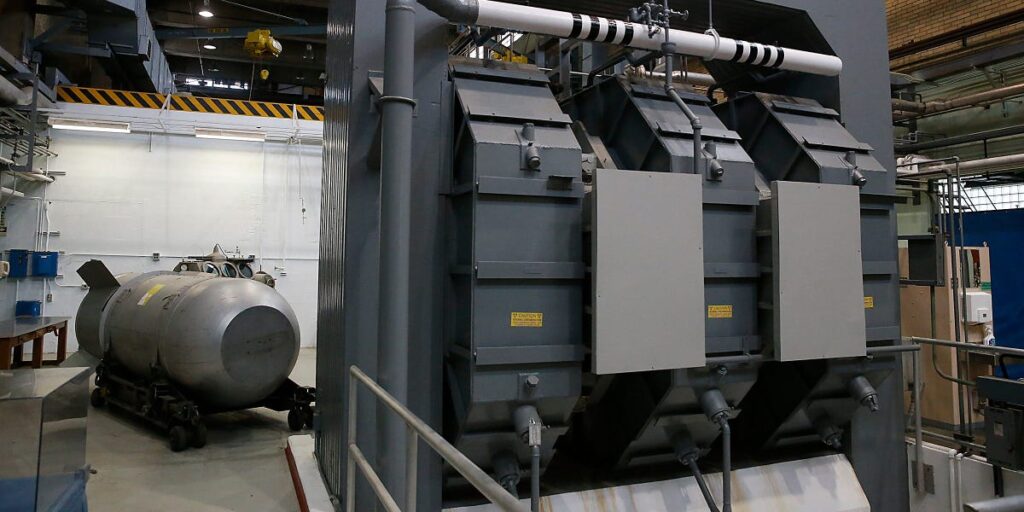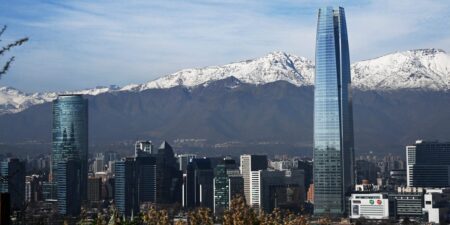Work on a new uranium processing facility for US nuclear weapons is over budget by billions of dollars and delayed by years, a new watchdog report says.
The problems are expected to force the National Nuclear Security Administration to continue relying on degraded 80-year-old facilities in the meantime, raising safety concerns.
On Thursday, the Government Accountability Office, a congressional watchdog agency, released a report assessing the NNSA’s work to construct a new uranium processing facility in Oak Ridge, Tennessee. The facility is intended to help safely and efficiently produce weapons-grade uranium for nuclear weaponry and naval reactor fuel for submarines and aircraft carriers.
The NNSA officially began work on the new building in 2004, and it was anticipated to consist of a single, consolidated uranium processing and component production facility. The plan for the new facility was to reduce the cost of processing highly enriched uranium by using modern equipment, incorporate other new technologies, and provide better worker and environmental protection. Y-12 officials told the GAO that in the new building, personnel won’t need to wear personal protective gear to process uranium.
In March 2018, NNSA projected the new facility to be completed by 2026 at a cost of $6.5 billion. Both its delivery date and budget have since moved. The NNSA now expects it to be fully operational in 2034, marking a 30-year process for one facility. And the total cost is expected to be around $10.35 billion, around $4 billion more than it anticipated.
NNSA has cited poor contractor performance, late notices on cost overruns, and workforce issues as some reasons for the delays and cost increases, the report said.
Until the new facility is ready, the NNSA will need to rely on its old uranium processing facility, Building 9212. But as of now, “NNSA does not have a comprehensive plan to safely operate Building 9212 to accommodate the new facility’s delay,” the GAO said.
Building 9212 was constructed in 1945 and predates modern safety codes. Per the report, some NNSA officials said that there were increasing risks to using Building 9212 due to its degraded infrastructure and failure to meet modern nuclear safety codes for earthquakes and high-wind weather events.
Some photos in the report showed worn and corroded pipes, walls, and the roof of Building 9212. Since 2020, repair jobs for Building 9212 have been delayed, the GAO said. Officials at Y-12 blamed these delays on a lack of funding, other funding priorities, and previous expectations that the building wouldn’t be operational by 2025.
The lack of a plan or process raises concerns on how the NNSA can continue safe operations in Building 9212, the GAO said.
“Specifically, operations at the facility could be limited or shut down for some period if a major system needed for safe operations, such as the HVAC, fire suppression system, product casting, or criticality accident alarms systems (which detect radiation levels), breaks down or if there is a significant event (e.g., electrical, fire, flood) or seismic activity or tornadic-level winds,” the report said.
Some concerning events earlier this year, including leaked uranium material from a failed pump and broken fire suppression systems, have already caused temporary shutdowns at Building 9212. A comprehensive plan to address issues like this and maintain uranium processing in the aging building is needed while the new facility is constructed, the GAO recommended.
The GAO said the NNSA agreed with the suggested steps. The administration did not immediately respond to Business Insider’s request for comment on the report.
Read the full article here
















